The one aspect in preparing for this trip that I spent the most time laboring over, is deciding what gear and equipment to take along with me on my planned RTW trip.
I have been on many trips across North America and to other parts of the world, but those trips were limited to spending a few weeks to at most a month on the road. Planning a RTW bike trip is a whole new endeavour. There are numerous online travel forums giving advising travellers on what they need to take along on an RTW trip.
After 40 years of motorcycle touring, I have a pretty good idea of what I need to pack for an extended motorcycle trip. Others may read this blog and have a completely different opinion on what they would bring along, my decisions are based on my own experiences and from what I have learned from other riders over these many years.
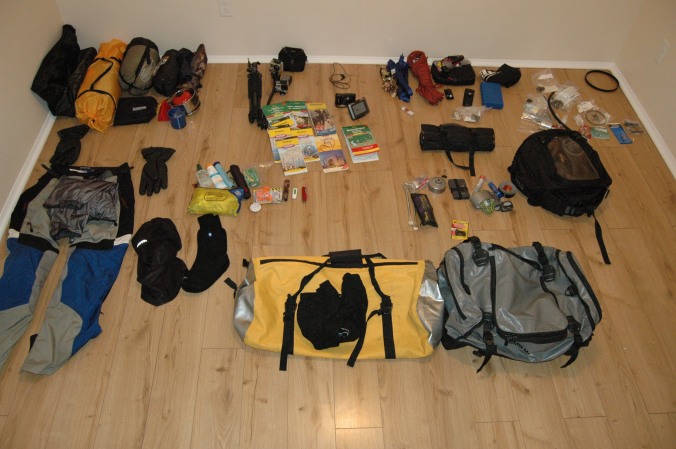
What You Need to Bring Along on RTW Bike Trip
I have done numerous rides across North America and for most of these trips, or the ones where I was not camping out, the only items you really needed to pack were your credit card, cell phone and a change of underwear. If you needed something along the way, there was always a Walmart around the next corner and if you had an issue with a bike there would be a bike shop and a willing mechanic in the next town that you passed through. For a RTW adventure trip that could see me on the road for anywhere from 6 months to a year I would need to rethink what I would need to support me on such an extended journey.
My decisions for deciding my to take along on this trip were based on the needs for
- Clothing
- Camping gear
- Tools
- Spare parts
- Computer and electronics
- Camera gear
Clothing:
What I have learned from my past motorcycle trips is that you need to be prepared to deal with what ever mother nature can throw at you, be that riding through freezing weather desert heat or monsoon rains, you need to be clothed appropriately.
The most important article of clothing I will be taking along is my BMW Rallye2 Pro jacket and pants.
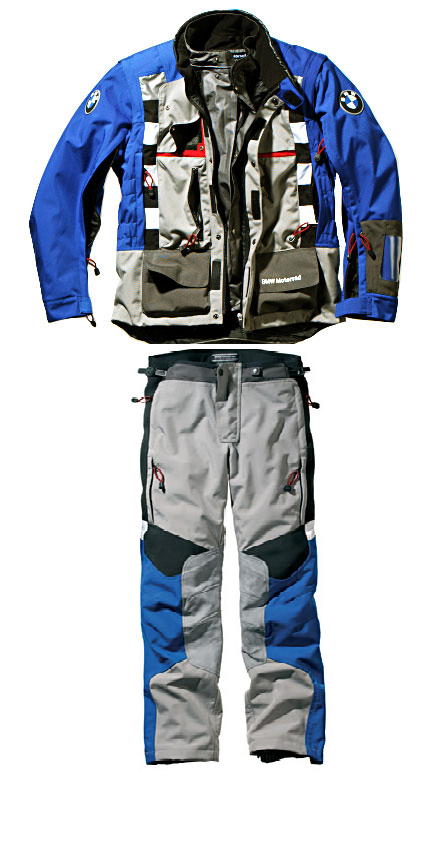
BMW Rallye 2 Pro Jacket and Pants
My motorcycle outfit is what I will be wearing 5 or 6 hours a days excluding rest days. I am a 100% believer in riding safe and the concept of ATGATT (All The Gear All The Time). If I am just riding down to the corner store I will forgo the riding pants but otherwise, I wear full protection all the time. I have ridden with this outfit in freezing sub zero temperatures here in Canada and through 120 degree F temperatures in Death Valley without much discomfort. The BMW Pro Rallye has an inner Gortex liner which keeps out the cold and the rain. However, as good as the BME clothing is, the jacket soaks up rain like a sponge and although the inner Gortex liner keeps you dry, its still best to wear rain gear over the jacket to keep you dry.
These hi-tec riding suits are expensive $$$, but if you want to hang out with the cool kids at the adventure bike rallies theses outfits are de rigueur.
The next item on my clothing list for this trip are motorcycle boots. Although 90% of my riding will be over tarmac, I will be venturing off-road from time to time and for that I will need a riding boot that can stand up to the rigors of riding in the dirt and providing a high degree of protection for my feet and ankles, especially in the event of a crash.
There are any number of adventure style riding boots that would meets my needs, the one that many experience adventure riders brag about, are the Sidi Adventure Gortex boots. The Sidi boots look like something that even Mad Max would be proud to wear. I wore these boots recently on motorcycle tour this summer and I really like them. The boots are 100% waterproof and for such a large ungainly looking boot, they were surprisingly quit comfortable for walking around .
These boots though are f*@* expensive, I could have bought four front tires for the price of these riding boots.
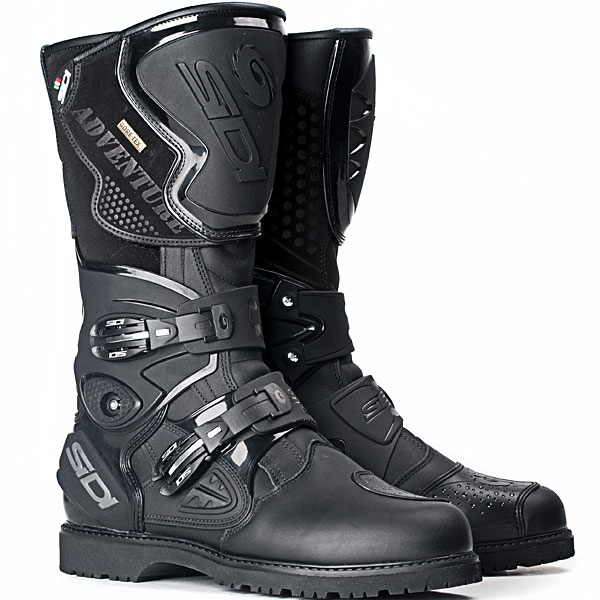
SIDI Gortex Adventure Boots
A word of warning for those thinking of getting into the adventure motorcycling game good riding gear can be very expensive.
To complete my motorcycle assemble I will be taking a number of motorcycle gloves along with me. I always take multiple sets of gloves with me. As far as I am concern gloves are indispensable when riding long distances. Gloves protect your hands from a bade case of road rash in case of a fall and serve to protect your hands from the sun and the weather. I always have two pairs of gloves, one pair for normal day riding and another for riding in the rain.
Space on the motorcycle is at a premium so I will only be bringing the very basics that I need for clothing.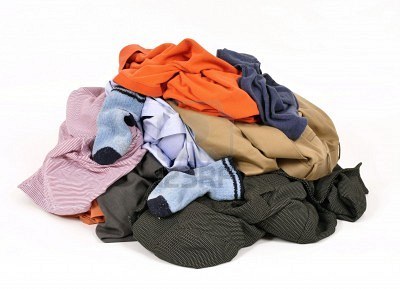 Most of my clothing will be synthetics or merino wool no cotton clothing for me. I love merino wool, you can wear it every day for a month without the worry of smelling like a barnyard animal. Synthetics are great, they compacts easily, do not wrinkle, and are easy to wash and dry. So my clothing will consist pretty much of base layers, a few T-shirts, fleece tops, wool cap, balaclava, long underwear. Other gear will include a water proof wind breaker, hiking shoes, beach sandals and perhaps 1 or 2 dress shirts. If I need anything else, I can always just buy it along the way.
Most of my clothing will be synthetics or merino wool no cotton clothing for me. I love merino wool, you can wear it every day for a month without the worry of smelling like a barnyard animal. Synthetics are great, they compacts easily, do not wrinkle, and are easy to wash and dry. So my clothing will consist pretty much of base layers, a few T-shirts, fleece tops, wool cap, balaclava, long underwear. Other gear will include a water proof wind breaker, hiking shoes, beach sandals and perhaps 1 or 2 dress shirts. If I need anything else, I can always just buy it along the way.
Camping Gear:
I will be doing some camping on this trip, so I will need to take along some basic camp gear . The basic camping gear I will need, includes a tent, sleeping bag, air mattress and some cooking gear for the trip. I have done quit a lot of motorcycle camping over the years, though my camping experience has been limited to my travels across the US and Canada. I will most likely spend some days camping while travelling across Ireland and parts of Europe to help lessen the costs of accommodations, but once into the Balkans I will be staying mostly at inexpensive hotels and B&Bs. The camping gear will mostly serve as a backup in those times when I may not able to find any suitable accomodations.
The problem with camping gear, is that its weighty and takes up a lot of space, which is at a premium on a motorcycle. As I mentioned earlier, I have done a lot of camping in the past and so I already have a closet full of camping equipment, but much of my current equipment I did not feel was suitable for this trip. I did buy one of those cool looking motorcycle tents from Redviz which I thought would be ideal for this trip, but after using it
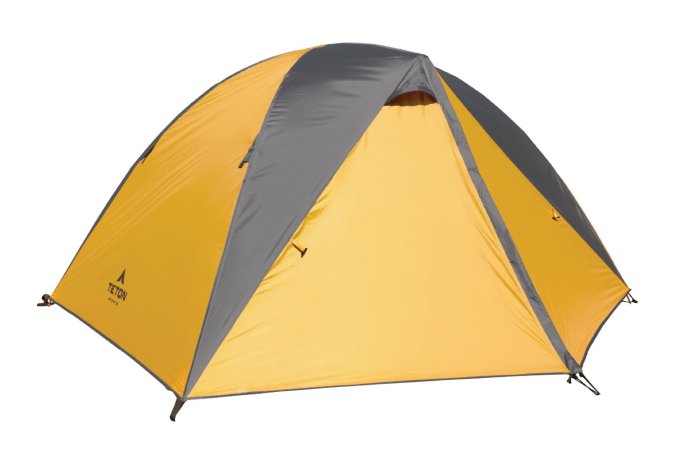
Teton Sports Mountain Ultralight Tent
it a number of times on motorcycle rallies that I have attended, although I really liked
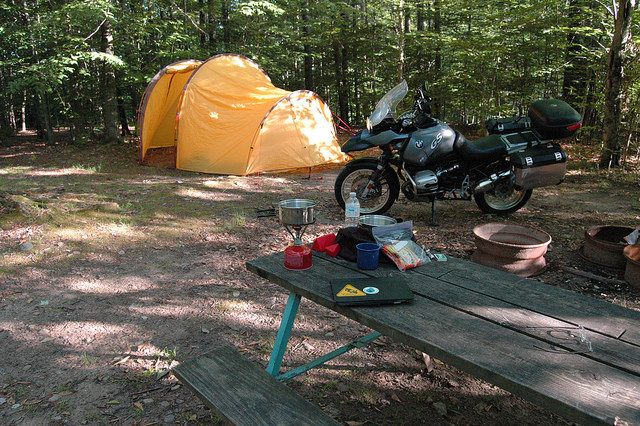
My Redviz Motorcycle Tent
the tent, I found that at a weight of 13-14 lbs, it was too heavy and the fact that I was not able to squeeze the tent into either of my side panniers made me reconsider my choice for a tent. Instead I opted for a 2 man Teton ultra light backpacker’s tent. This tent only weighs 3 1/2 lbs and I can easily fit it into one of my side panniers. A much better choice for a tent.
I am not planning on doing any winter camping so I am just bring my 3 season HotCore sleeping bag. The sleeping bag is rated to -10 degree C and for those parts of the world I will be visiting and for the time of the year that I am going, this should work. The HotCore is a cheap Chinese manufactured bag, marketed as a Canadian sleeping bag. The bag only weight 3 1/2 lbs and compresses down to the size of a football when squeezed into the attached compression bag. The sleeping bag is actually a very comfortable bag to sleep in . I have used it now on many bike trips. Good bag for the money.

HotCore R-200 Sleeping Bag Rate to -10 C
If you are planning on spending any time camping,the one thing that can make or break a camping experience is your sleeping pad or the lack of one. I have a number of those self inflating therm-rest pads that many campers use, they are great but they take up a lot of space and are too bulky to be packed into any of my side panniers. After a bit of research I came across a sleeping pad from a company called Klymit. They sell a light weight air mattress called the Kings Static V pad. It is made of or a tough thin-walled polyester material that packs down to the size of a water bottle and weighs only a little over 1 lb. I find the Klymit pad just as comfortable as my old Therm-A-Rest pad.

Klymit Static V Ultralight Sleeping Pad
Camp Stove:
For the last couple of years I have been using a MSR Pocket Rocket stove. I love this stove, it is one of those ultra compact stoves that runs off a isobutane canister. If I was only traveling through North America or Europe this would be the stove I would bring with me, but as my travels will take me to parts of the world where the chances of finding a replacement for one of these little canisters is probably next to zero, I decided to take one of those MSR WhisperLite International stoves favorite by many hikers and backpackers. The WhisperLite is a multi-fuel stove, it will burn anything, white gas, kerosene, unleaded gas.

My MSR WhisperLite Multi-Fuel Stove
For a fuel bottle for the stove, I got the 30 fluid oz. sized bottle and a carrier which attaches to the outside of one of my motorcycle panniers. I will keep the bottle filled with unleaded gas and use it as a camp fuel and if needed, use the extra fuel for the motorcycle in case I run out of gas. But that will never happen! I never run out of gas when touring on the bike.
Health Issues:
I will be taking a fully stocked First Aid Kit to deal with any minor medical problems. Many of the countries I will be visiting in this trip, fortunately do not require me to take any extraordinary medical measures to protect my health. I have been down to South America a number of times over the past few years and so have already received many of the vaccination shots that most RTW travellers receive before departing to distant lands.
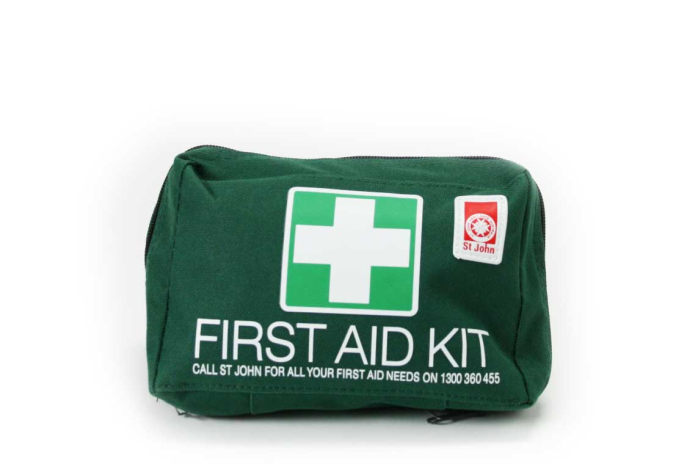
First Aid Kit
I have received vaccination shots for
- Yellow Fever
- Hepatitis A and B
- Typhoid
- Booster shots for Polio, Diptheria, Tetanus
- I have some pills for malaria, but do not except to have to use them.
- I will take Imodium along in case I get afflicted with a case of traveller’s diarrhoea.
Tools and Spare Parts:
I have owned my current BMW R1150 GS for the last 5 years and during that time I have nothing but praise for its reliability. Yet, the motorcycle is nearly 12 years old and as is the case with any older motorcycles, there is an increased in the probability of experiencing some mechanical issues. I will be taking along a full set of tools specific to my bike model, to deal with any mechanical break downs.
I have performed many of the basic maintenance tasks on my BMW over the last few years and so am familiar with the basic mechanics of the motorcycle. With that said, any mechanical problems beyond that, and I will need to seek out a trained mechanic to deal with any major repairs. I am hoping this not the case. Even if I am not able to repair the bike myself at least I can provide the tools for some one to assist with the repairs.
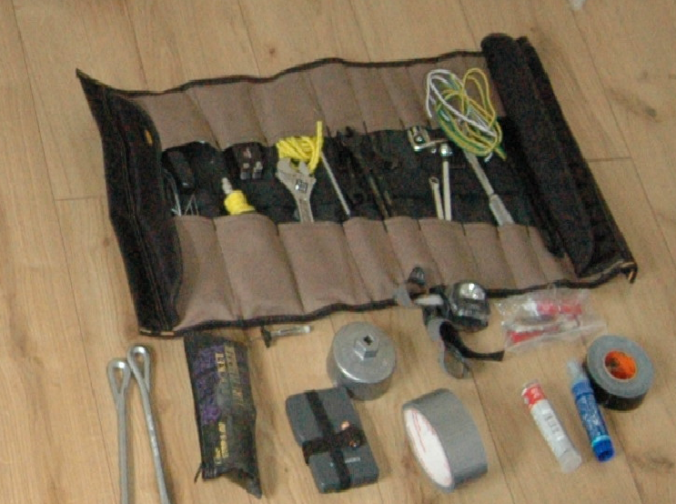
My Tool Kit
My tool kit contains all the tools needed to wrench on a BMW R1150 GS
- Metric wrenches
- Hex and Torx bit sets
- Adjustable spanner
- Pliers
- 1/4 ” ratchet
- Oil Filter tool for GS
- Multimeter tester + spare batteries
- Tire repair kit
- Small 12 volt electrical air compressor
- Steel putty
- Leatherman
- Set of tire spoons
- Latex work gloves
- Head lamp for working in dark
- Duct tape, gaffer tape, zip ties
- Spare electrical wire
Some of the spare parts I will be taking along with me on my trip
- Spare bulbs for both head light and signal indicators
- Spare alternator belt
- Spare brake pads for front and rear brakes
- Spare stainless steel spokes for (4 each) for front and rear wheel.
- A couple for spare stem and core valves for tires and tire patch kit
- Spare oil filter
- Spare air filter
- Spare seals for front forks
- Spare speedo cable.
- Collection of spare fasteners
- Spare spark plugs
- My bike has tubeless tires but will take an inner tube in case I have a sidewall puncture which can not be plugged.
- I have my old set of OEM shocked labeled and ready for shipping from Canada in case I need to replaced my OHLINS.
Other Stuff:
Motorcycle Recovery System (MSR). This is a rescue kit consisting of 2 x lightweight double pulleys, 70′-80′ of 8mm climbing rope (static line), a couple of carabineers. Anyone who
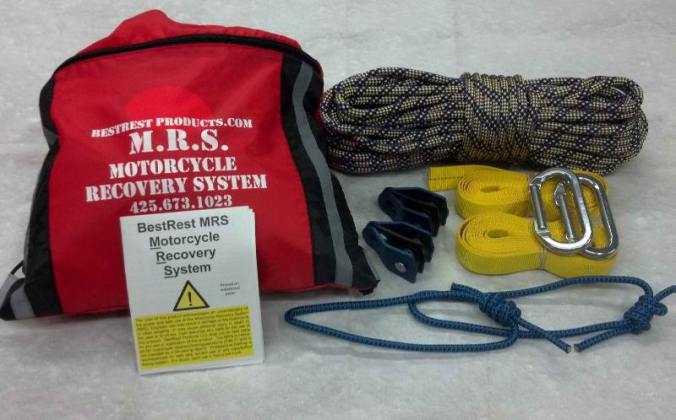
Example of a MSR Kit
has ridden a fully loaded off-road motorcycle knows what a bitch it is to pick the bike off the ground after a tip-over. I am a pretty strong guy and usually have no issues picking up my bike off the ground. It becomes a different problem if you find your bike laid over in a ditch or worse, then it takes some serious effort to get the bike righted again, especially if you are doing it by yourself. The MSR setup with the pulleys and ropes gives you a 3:1 mechanical advantage in the amount of force that you can apply in pulling the bike out of a ditch or crevice. Anyways, if I don’t ever get a chance to use the gear for performing a self-rescue, maybe I can use it for rock climbing or something . I know I can use the lengths of web strapping as a tow-rope.
Ratchet Straps:
I always carry a ratchet strap with me when touring by bike. The ratchet straps are invaluable for securing your bike on a ferry crossing or for transporting your bike in the back of a truck or trailer.
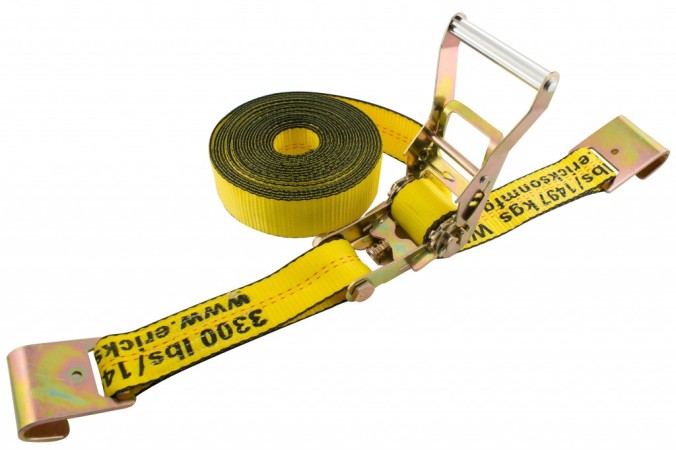
Ratchet Strap
Computer, Cameras and Other Electronic Devices:
This trip is a once in a life time adventure so I want to be able record my travel experiences as best as I can. I plan to blog my journey as I travel around the world, so family and friends can follow along.
To record the event in my travels I will be bringing along an assortment of different cameras (photo and video), a laptop computer for editing photos and videos, backup storage devices etc.
I spent quite a bit time looking for an Ultrabook or laptop computer that would be powerful enough to handle the video editing chores and portable enough to carry on the bike. I really liked the newer hi-end Surface Pro 4 computers from Microsoft, they have all the features I was looking for in an ultra lightweight computer but with a heavyweight price tag, so I had to do a bit of compromising and eventually settled for a Dell Inspiron 7000 2 in 1 touch screen computer. It weights 1.5 lbs more than the Surface Pro and does not come with the SD drives but it was a lot cheaper with similar processing power.
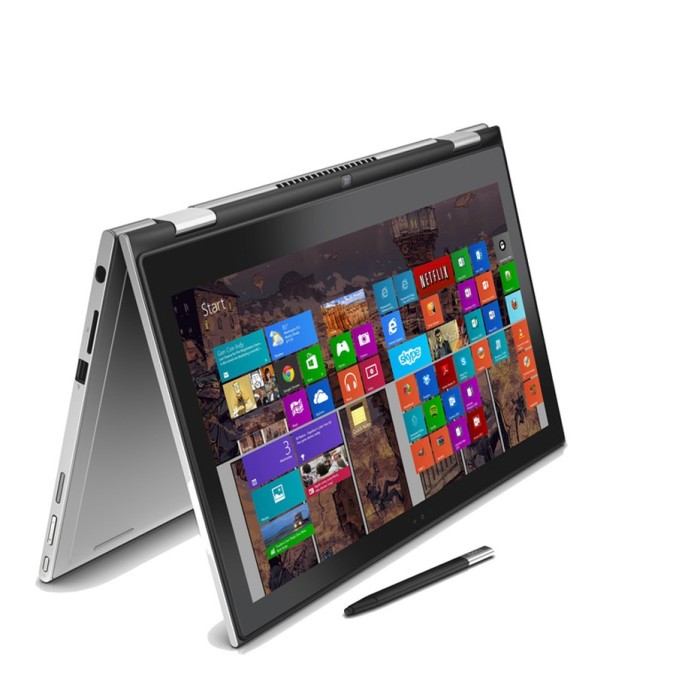
My Dell Inspiron 13 7000 2 in 1 Laptop
As I will be recording many hours of HD video and likely taking thousands of photos, I needed an external storage device to backup my videos and photos to. I acquired a 3 Terabyte USB external drive from Western Digital. A 3 TB unit is good enough to store over 400 hours of HD GoPro video or a couple of million photos.

Western Digital 3 TB My Passport external drive
My Camera Equipment:
I was an early adopter of the GoPro camera when it first came out. I started recording videos of my motorcycle trips years ago, in the first years I used a standard hand held video camera mounted to the handlebars of the bike, the early results were not very good. The GoPros offered a much better device for recording POV videos and when mounted on your hemelt provided clear and stable recordings.

My GoPro Hero 3 Black Edition Camera with Remote
I will be taking along two GoPros, my newer Hero 3 Black Edition model as well as an older HD GoPro model .
My favorite take along camera is my old Nikon D70 DSLR. I have had this camera for many years and see no need to upgrade it, it takes great pictures.
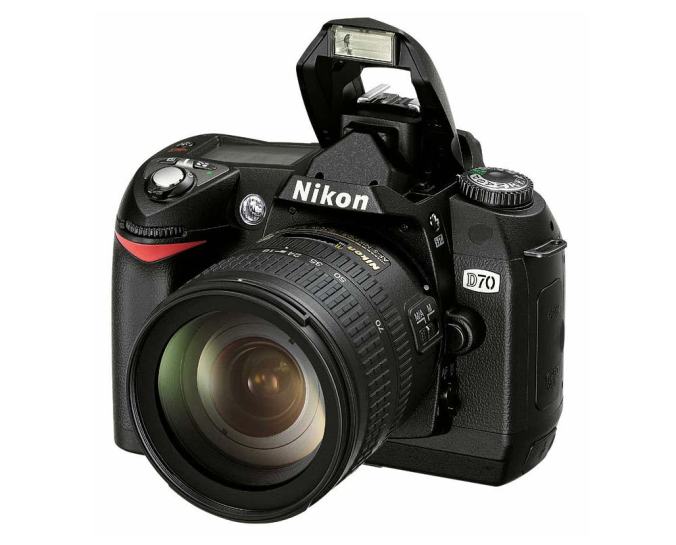
Nikon D70 DSLR 6.1 Megapixels
As much as I love my Nikon camera, it is large and bulky and usually when I am traveling on the bike, the camera is stored away in one of my bags or panniers. That is way I usually keep a point and shoot camera in my jacket for those moments when I need to quickly access a camera to photograph an event.
I picked up this nifty point and shoot camera a few years ago. It is a 16 megapixel camera, with a 21 x optical zoom, Wi-Fi enabled, GPS, and able to record HD videos. It very impressive little camera..
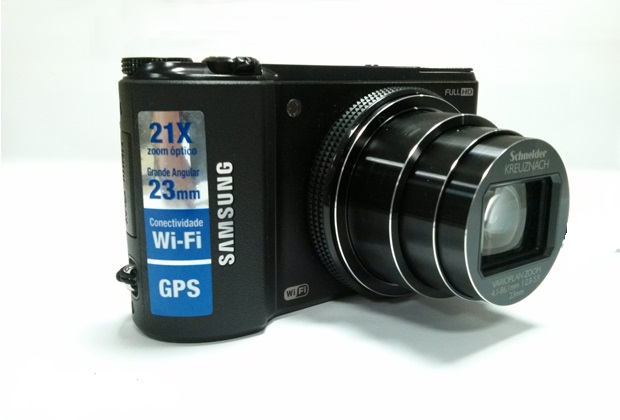
Samsung WB880F Smart Camera
All these electronic devices means that keeping things charged up becomes an issue.
To keep all my electronic gadgets charged up and happy I carry along a external battery pack. The Micro Start XP-1 is more than just an external battery, the device is capable of jump starting your motorcycle or charging up your various electronic devices, with ouputs for 19v,12v and 5 volts. It also has a built-in high powered LED light. Total power output of the Micro Start XP-1 is 13,000 milli-amps. The whole unit weight only 13 ounces. Brilliant little piece of kit. I have also installed an external power lead on my motorcycle that feeds off the 12 v power supply from the motorcycle, the 5 volt power from this external lead will be used to power up my Garmin GPS or use for charging my cell phone.

Antigravity Micro-Start battery Charger.